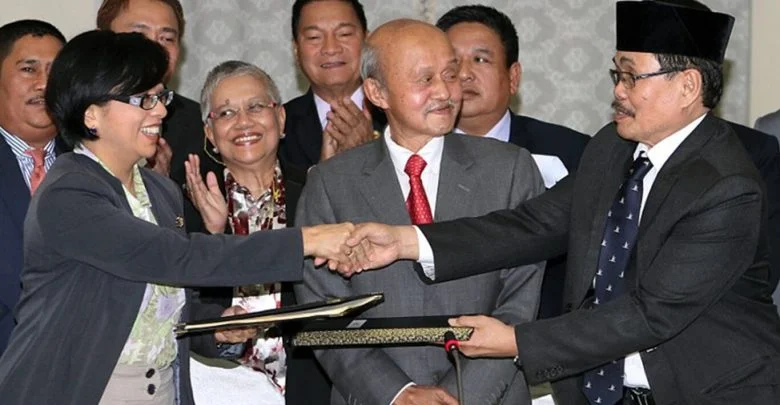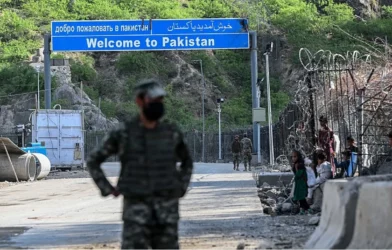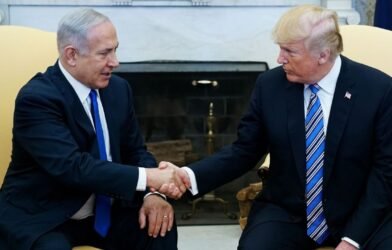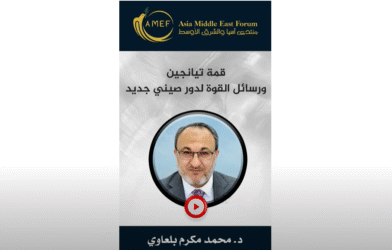Subtotal $0.00
The Moro people "Bangsa Moro" is one of the oldest peoples of the Philippines, as it consists of several nationalities who converted to Islam in the fourteenth century AD (about 1380 AD), and they controlled the Philippine archipelago for nearly two centuries, including the city of Manila, and with the arrival of Spanish colonization led by Magellan in 1521 AD, the colonists called the Muslims of the region "Moro", a name usually given by the Spaniards to the Muslims of North Africa, and they tried to Christianize the inhabitants of the region, and the Muslims resisted them, and as a result, Magellan himself was killed. They tried to Christianize the inhabitants of the region, but the Muslims resisted them, and as a result, Magellan himself was killed, but the Spaniards were able to control the entire archipelago, including the island of Mindanao, the largest gathering of Muslims, and they called it the Philippines after the name of the King of Spain at the time, and their rule continued until 1898 AD, which marks the actual end of the Spanish Empire that ruled the country for 356 years, and its transformation into a limited state.
In the late nineteenth century, the Philippine Revolution/Tagalog War (1896-1898) against Spain ended with the alliance of the revolutionary leader Eugenaldo with the United States of America, which was fighting a war against Spain (the Cuban War). The Spanish-American War, which started from Cuba in 1898 AD, represented the beginning of the collapse of Spain's presence in the Caribbean and the Pacific Ocean and was the reason for their loss of Cuba, Puerto Rico, Guam and the Philippines, in favor of the Americans in the same year, and Spain legally ceded its colony in the Philippines to America under the Paris Agreement in 1898 AD after the Americans paid compensation to Spain worth twenty million dollars, then the Philippine Republic, which the revolutionaries had declared during the war, officially declared war on the United States of America, which is known as the Philippine American War (1899-1913 AD)1913 AD), and following the end of the revolution, a House of Representatives was elected in the Philippines for the first time in 1916 AD, and in 1934 AD the Commonwealth Act was passed and the Philippines promised independence by 1946 AD, but the Japanese occupied the Philippines in 1941 AD after the bombing of Pearl Harbor, until the American General MacArthur expelled them from it at the end of World War II in 1944 AD, followed by the Philippines gaining independence on July 4, 1946 AD.
The population of the Philippines, according to the current year's statistics, is about 107 people, of which Muslims constitute about 10 or 11 million and approximately 11% of the population, living in Mindanao, Palawan, the Sulu Archipelago, and in the Bangsamoro region.
The Birth of the Moro People's Cause
The issue of the Moro people emerged with the departure of American colonization from the region and its handover to the Manila government. Throughout the Spanish and American occupations, the Moro were an independent social and political entity that was involuntarily attached to the centralized state in the Catholic Christian majority Philippines, which meant that they became a mere minority in their own country.
The first militant phase:
Since the independence of the Philippines, Muslims have tried, through peaceful means, to force the majority to recognize their status as an independent nation, but they did not succeed in that, and in 1969 AD, Moro Muslims founded the Moro National Liberation Front (MNLF) headed by Nur Misuari, to resist the discrimination and marginalization to which the Moro people are exposed and for the right to self-determination on the land of each of Mindanao, Sulu and Palawan. Mindanao, Sulu and Palawan, and with the declaration of the then Philippine President Ferdinand Marcos of a state of emergency in 1972 AD in the country, an armed revolution was launched against the central government that lasted four years and killed thousands and ended with the signing of the Tripoli West Agreement in 1976 AD, which culminated in granting the Moro people autonomy in 1990 AD, which continues until today.
Second Struggle Phase
This historic phase of the Moro people's struggle for freedom was led by the Moro Islamic Liberation Front (MLIF) headed by Salamat Hashim, which split from the National Front when it saw that the agreement signed with the Philippine government did not represent the aspirations of the Moro people for sovereignty and independence, and continued the armed jihad until 1997, when it started new peace negotiations that resulted in a peace agreement in 2014, and became the main faction that led the second phase of negotiations with the government, which led to the current law.
Meetings between the Islamic Front and the Philippine government began in 1997 AD, and negotiations began after the ceasefire in 2012 AD, and the Front, with Malaysian mediation, renounced the establishment of an independent state and accepted autonomy under the name "Bangsamoro", and in 2014 AD the Comprehensive Moro Peace Agreement was signed, and this agreement grants more political rights and economic, legislative and legal powers to the region, and includes four regions, namely: Tawi Tawi, Basilan, Maguindanao, Lanao del Sur, and a fifth, Sheriff Kaputsuan, which was lost by a court ruling in 2008.
The other areas where the number of Christian migrants from the north has increased are six municipalities and 39 villages in two disputed regions, and there will be a referendum to determine the fate of these areas.
Bangsamoro Muslim Constituent Act
After the Philippine Parliament approved the text of the law, which was subject to painstaking negotiations, President Duterte signed it on Thursday, July 26, 2018, and a popular referendum will be held in the region within 150 days of the president's ratification, after which a representative council consisting of 80 deputies will be formed to elect a prime minister who will rule until 2022 AD. 30% fighters from the Front must surrender their weapons and return to civilian life, with the rest to follow them after the 2022 elections, as the Front turns into a political party committed to Philippine law, the most important provisions of the law:









